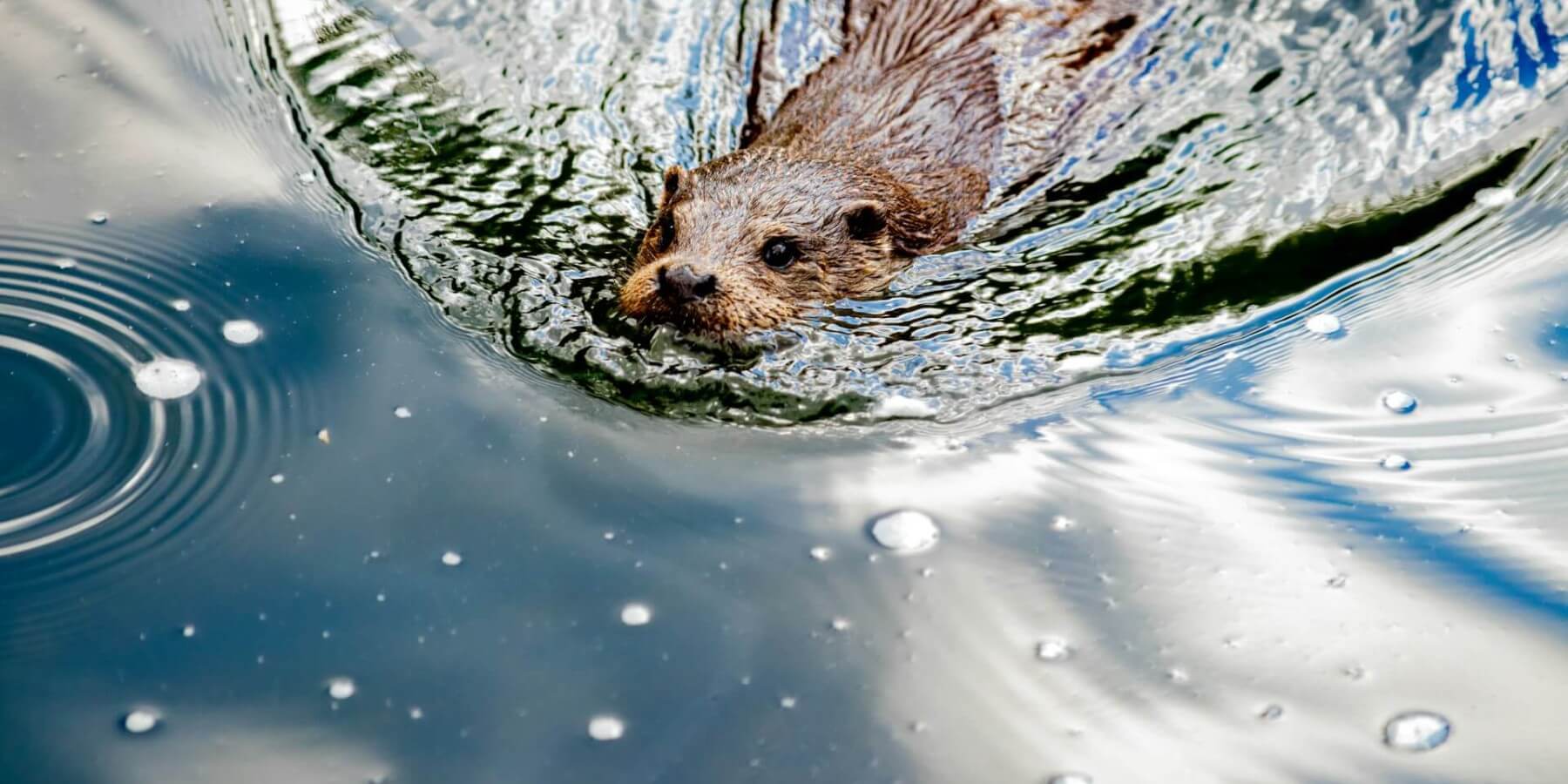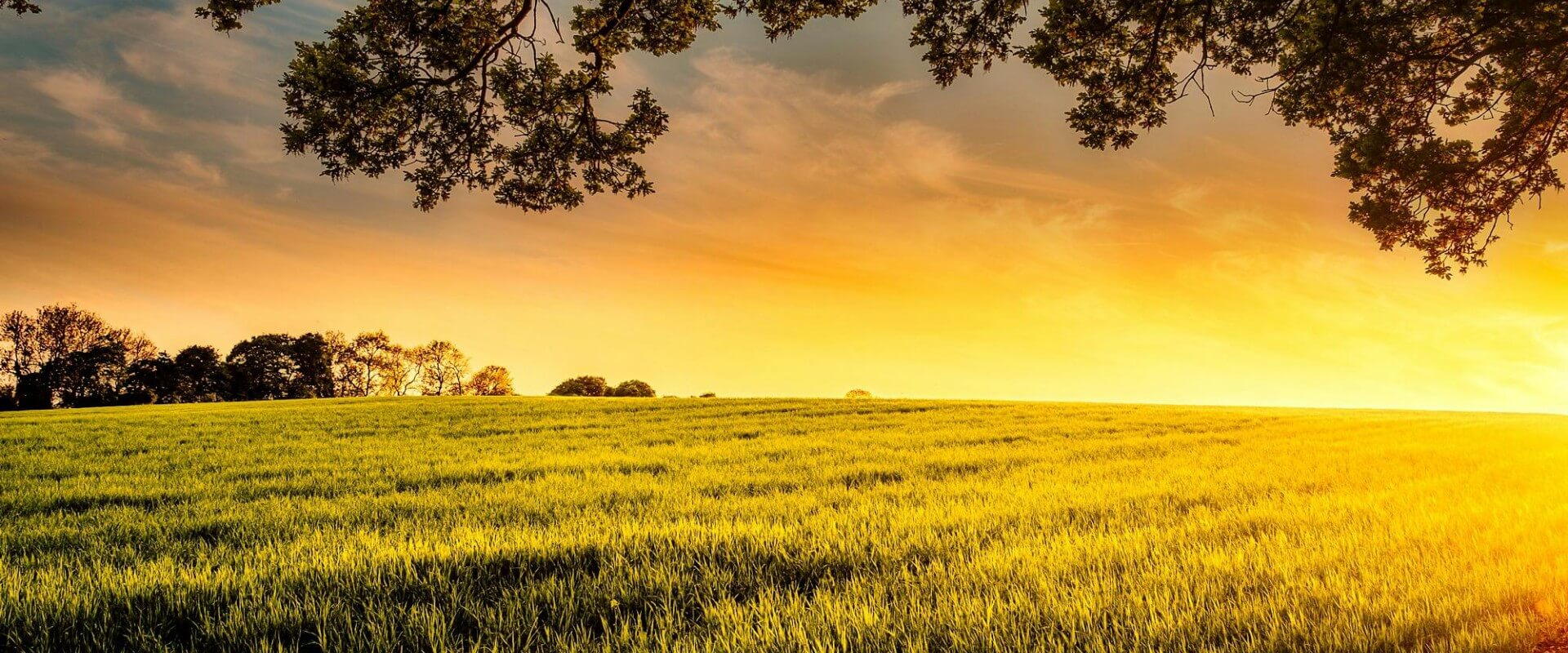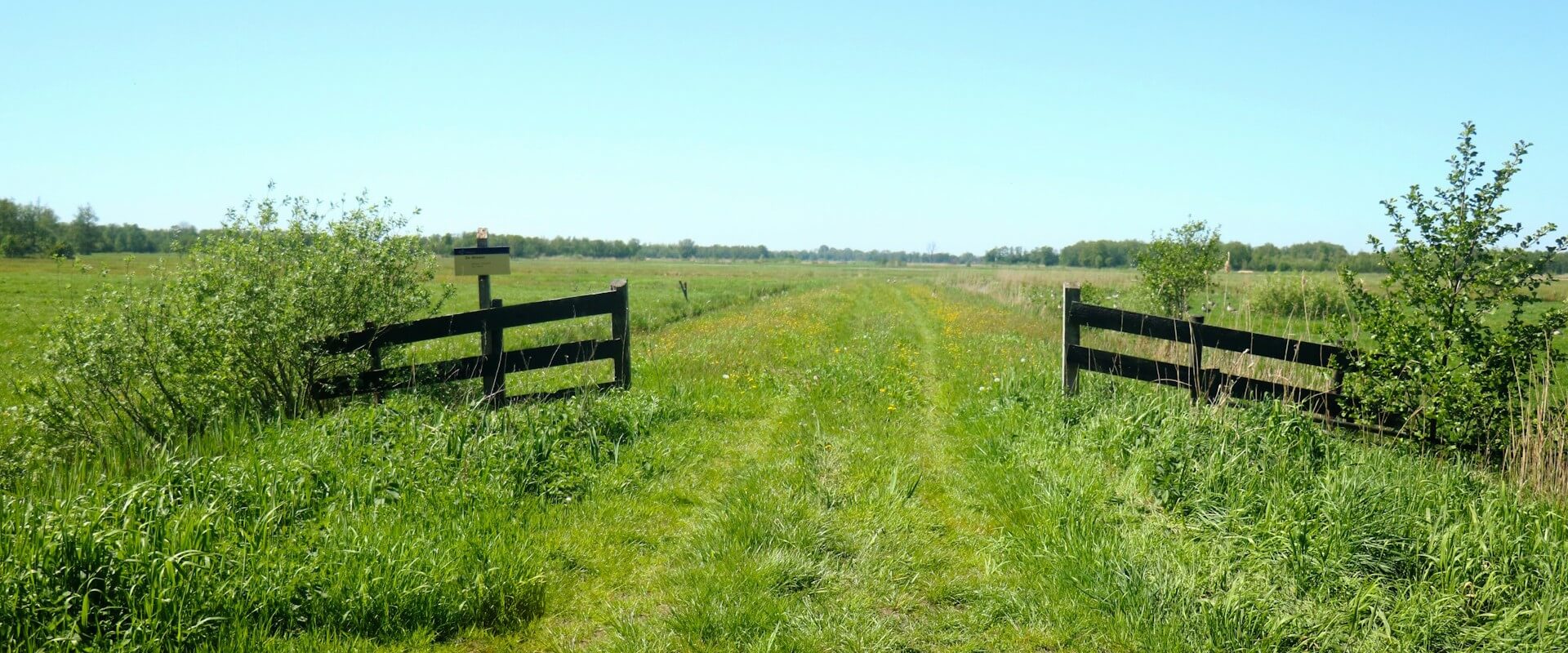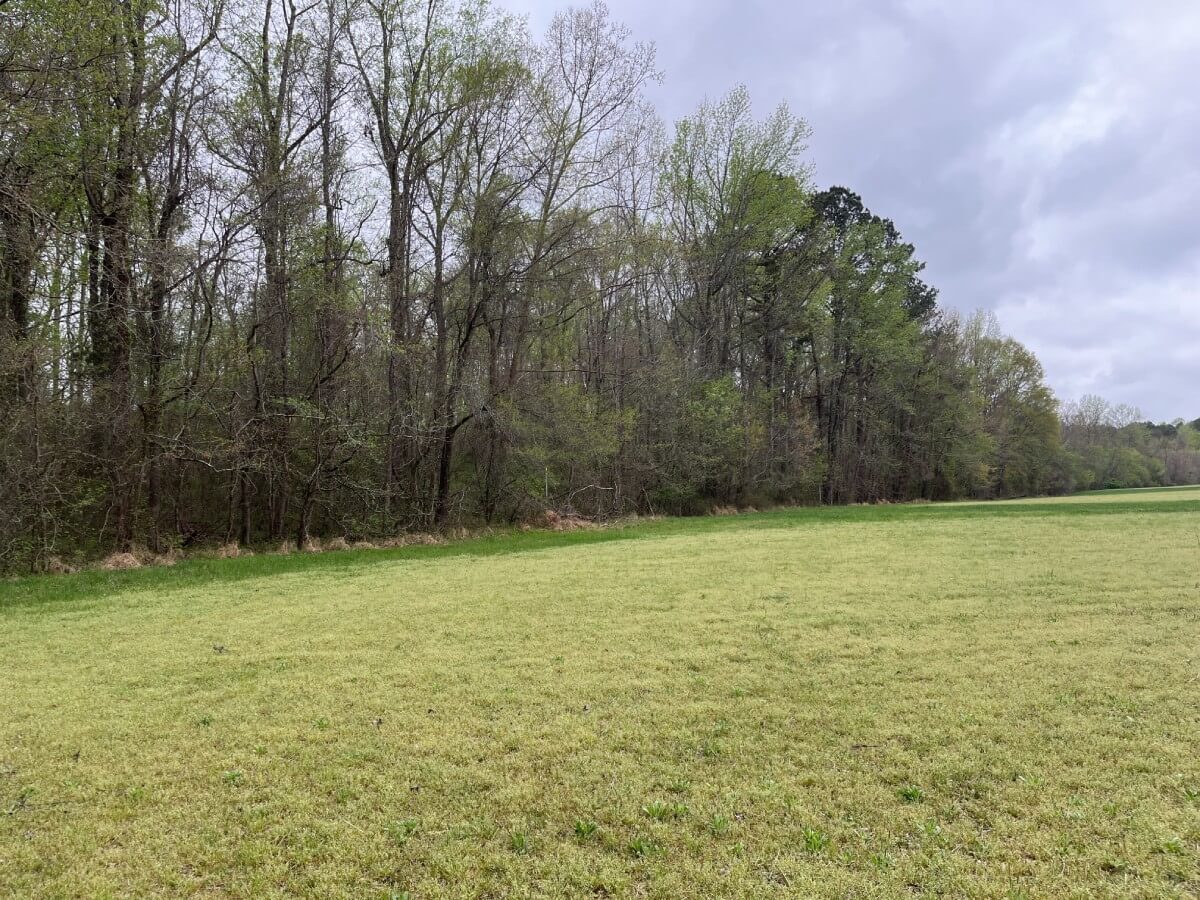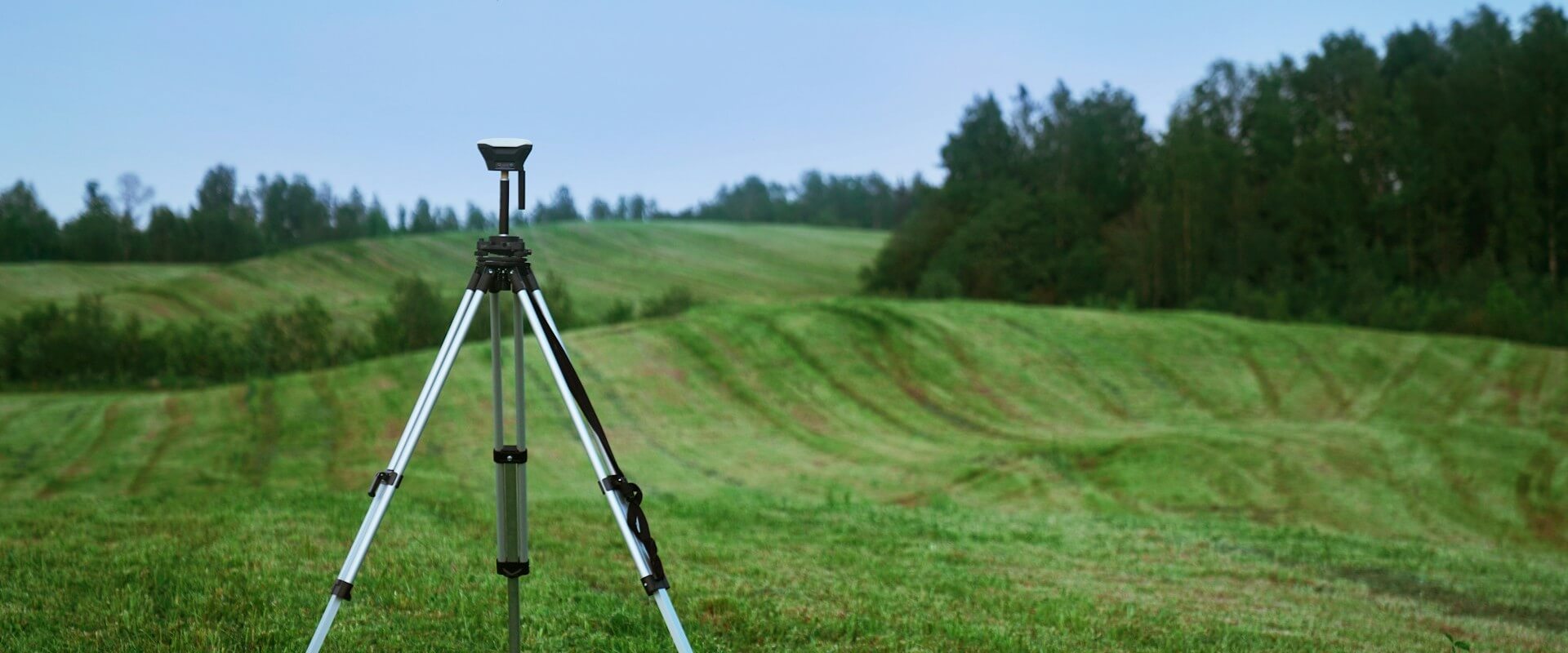Rivers are not just conduits of life-sustaining water; they are also bustling ecosystems teeming with diverse wildlife. From the majestic bald eagle to the sleek river otter, free-flowing rivers provide habitats for an abundance of species. Each species plays a vital role in maintaining the delicate balance of their aquatic environments.
Bald Eagles: An American Comeback Story
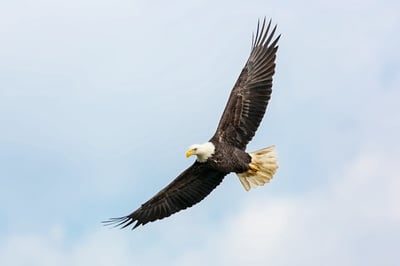 One of the largest raptors in North America, the bald eagle deserves recognition for its beauty and its commanding presence. With a wingspan that can range from seven-to-eight-feet wingspan, this bird of prey can be sighted near lakes, large rivers, and coastal regions.
One of the largest raptors in North America, the bald eagle deserves recognition for its beauty and its commanding presence. With a wingspan that can range from seven-to-eight-feet wingspan, this bird of prey can be sighted near lakes, large rivers, and coastal regions.
Bald eagles are known for their opportunistic hunting habits, but they tend to have a preference for fish, particularly those commonly found in our rivers, lakes, and coastal regions. Species such as salmon, trout, catfish, herring, and shad are just a few of their favorite targets. These majestic birds of prey will use their keen eyesight to spot their prey and then swoop in to grab them with their powerful talons. While fish constitute the bulk of their diet, bald eagles may also prey on small mammals, waterfowl, and carrion when opportunities arise.
Beyond its role as a predator, the bald eagle's presence indicates a healthy ecosystem where clean water and abundant prey sustain it. Yet, it was once on the brink of extinction in the United States. Due to habitat destruction, hunting, and the widespread use of pesticides like DDT, the bald eagle population drastically declined throughout the 20th century. By the 1960s, there were only a few hundred nesting pairs left in the lower 48 states. This decline led to the bald eagle being listed as an endangered species under the Endangered Species Act in 1973. Thanks to the efforts of dedicated conservationists, expanded habitat protections, and the banning of DDT, the bald eagle population has rebounded to healthy and abundant populations. In 2007, it was removed from the endangered species list, and although it remains protected under certain laws like the Bald and Golden Eagle Protection Act and the Migratory Bird Treaty Act, the bald eagle population continues to thrive in many parts of its range. The story of the bald eagle’s rebounding numbers is truly a success story for our country’s conservation efforts.
River Otters: Embodying the Spirit of the River
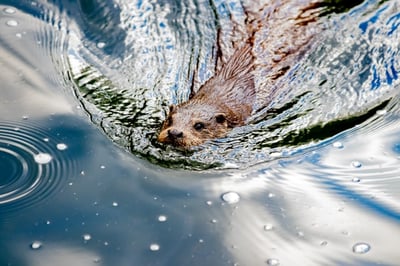 The river otter, with its sleek fur and playful demeanor, stands out as one of the most charismatic—and undeniably adorable—species you may encounter along the river. If you've ever witnessed these delightful creatures frolicking in the water, you'll understand how they epitomize the sheer joy and exuberance of river life. However, it's important to recognize that river otters require ample space to swim and thrive, serving as both a testament to the river's vitality and a reminder of the critical need to preserve its natural flow.
The river otter, with its sleek fur and playful demeanor, stands out as one of the most charismatic—and undeniably adorable—species you may encounter along the river. If you've ever witnessed these delightful creatures frolicking in the water, you'll understand how they epitomize the sheer joy and exuberance of river life. However, it's important to recognize that river otters require ample space to swim and thrive, serving as both a testament to the river's vitality and a reminder of the critical need to preserve its natural flow.
With their remarkable agility in the water and adept hunting skills, river otters are voracious predators, feasting on a diet of fish, amphibians, and crustaceans. Intriguingly, they are extremely nearsighted. This trait likely developed over eons as an evolutionary trade-off for enhanced underwater vision. Within the intricate tapestry of the river ecosystem, river otters assume a pivotal role, fostering balance and diversity essential for its flourishing.
The river otter's voracious appetite, spanning a wide range of prey within river ecosystems, makes it a prime subject of research on a phenomenon known as "biomagnification." Legacy contaminants such as mercury, lead, microplastics, and persistent organic pollutants like PFAS can permeate river environments and become ingrained in the food chain. Starting from the smallest organisms, these contaminants gradually accumulate as they are consumed by larger species, resulting in their magnification at each level of the chain. Today, ecologists utilize advanced techniques such as blood and tissue sampling from species like otters to assess the levels of these contaminants present in the local environment, shedding light on the ecological health of river systems.
Great Blue Herons: The Sentinels of the Marshes
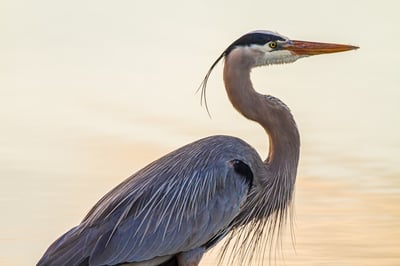 Standing three feet high along the riverbanks, the blue heron with its long legs and dagger-like bill is perfectly adapted to life in the wetlands. Although they are found predominantly in the shallows, because of their height, they can feed in deeper waters than other birds.
Standing three feet high along the riverbanks, the blue heron with its long legs and dagger-like bill is perfectly adapted to life in the wetlands. Although they are found predominantly in the shallows, because of their height, they can feed in deeper waters than other birds.
From its vantage point, the great blue heron stalks its prey precisely, striking with lightning speed to capture fish, frogs, and other small creatures inhabiting the shallows. The great blue heron uses its bill to grab prey like reptiles, small mammals, fish and insects.
As a sentinel of the marshes, the great blue heron serves as a symbol for the interconnectedness between land and water. Their presence can act as a reliable indicator of ecosystem health and biodiversity. As their feeding habits can span rivers, lakes, and marshes, these majestic birds play a crucial role in nutrient cycling across aquatic environments. Through the consumption of fish and other prey, herons facilitate the redistribution of vital nutrients and energy throughout regional ecosystems, ensuring balance and resilience for these habitats.
Wood Ducks: The Resilient Custodians of the River
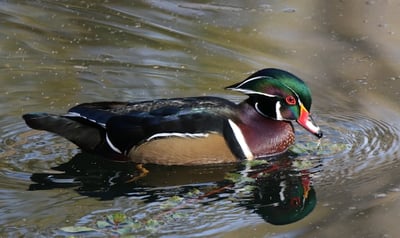 Found primarily in wooded swamps, the wood duck forages along streams and rivers. They nest in tree cavities and have even been known to take up residence in man-made nesting boxes. Adorned in iridescent plumage, the drake wood duck captivates with its distinctive markings, a true marvel of nature's artistry.
Found primarily in wooded swamps, the wood duck forages along streams and rivers. They nest in tree cavities and have even been known to take up residence in man-made nesting boxes. Adorned in iridescent plumage, the drake wood duck captivates with its distinctive markings, a true marvel of nature's artistry.
Feeding on a diverse array of plants, seeds, aquatic insects, and other invertebrates, wood ducks fulfill a vital role as custodians of riparian habitats. Their foraging habits not only sustain their own well-being but also contribute to the broader ecosystem. Through the dispersal of seeds and the regulation of insect populations, wood ducks act as guardians of biodiversity, ensuring the health and vitality of their watery domain.
In the early 1900s, the Wood Duck faced the threat of extinction due to habitat loss and relentless hunting pressures. However, a concerted effort spearheaded by the U.S. Fish and Wildlife Service, to adopt the widespread use of artificial nest boxes, as well as the enactment of pivotal conservation regulations like the Migratory Bird Treaty Act and the Duck Stamp Act, marked a pivotal turning point in their survival. Since then the Wood Duck has staged an amazing recovery. This resurgence owes much to enhanced protections for wetland ecosystems. National initiatives such as the establishment of the National Wildlife Refuge System have played a vital role in leading to the thriving Wood Duck populations that we have today.
Green Frogs: The Musicians in the Dark
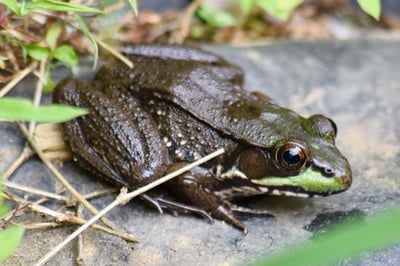 As dusk settles, the symphony of croaks rises, heralding the arrival of yet another inhabitant of the river - the green frog. Despite its name, its color leans towards brown or bronze, with only its face and lips in shades of green.
As dusk settles, the symphony of croaks rises, heralding the arrival of yet another inhabitant of the river - the green frog. Despite its name, its color leans towards brown or bronze, with only its face and lips in shades of green.
The green frog is a familiar sight and sound in wetland habitats, transitioning from tadpole life in the water to adulthood on land. Despite its diminutive size, this amphibian plays a significant role in highlighting the intricate connection between aquatic and terrestrial ecosystems. Spending ample time both in the water and on the adjacent land, green frogs serve as reliable barometers of overall ecosystem health. A decline in their numbers or absence altogether may signal serious underlying issues with the water or its surrounding environment, underscoring the vital role they play as environmental indicators.
Unfortunately, numerous amphibian species are teetering on the brink of extinction, with some studies indicating declines and extinctions occurring at rates up to 211 times higher than other classes of animals. The escalating threat of rising global temperatures and chemical contamination poses significant challenges to their populations. Notably, chloride has emerged as a concerning contaminant, primarily stemming from the widespread use of salt for de-icing roads. Annually, the United States applies an average of 19.9 million metric tons of salt, resulting in runoff that frequently seeps into rivers and wetlands, exacerbating freshwater salinity levels nationwide. Research shows that these elevated chloride levels have been wreaking havoc on the breeding behaviors of species like the green frog.
Beavers: Nature's Engineers
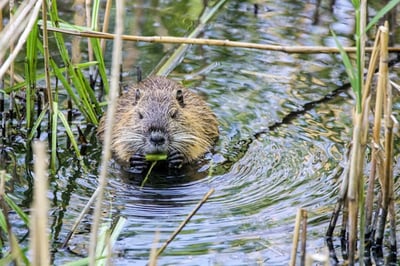 In the heart of the river, a network of dams and lodges bears witness to the industrious nature of the beaver. With its sharp teeth and dexterous paws, this busy little rodent transforms the river landscape to create complex habitats that benefit a multitude of species.
In the heart of the river, a network of dams and lodges bears witness to the industrious nature of the beaver. With its sharp teeth and dexterous paws, this busy little rodent transforms the river landscape to create complex habitats that benefit a multitude of species.
From providing shelter for fish and amphibians to regulating water flow and nutrient cycling, beavers are the actual engineers of the aquatic realm. Their presence not only shapes the physical environment but also enriches the biodiversity of the river ecosystem. This highlights the connection between species and their habitats.
The beaver is yet another species that, thanks to concerted conservation efforts, experienced a comeback story. During the 19th and early 20th centuries, the North American beaver faced significant population declines due to overhunting for their fur. By the late 19th century, beavers had been extirpated from many parts of their historical range. However, due to conservation efforts, including trapping regulations and reintroductions, beaver populations have rebounded in many areas. While they were not quite on the brink of extinction like some other species, they did experience severe declines in the past. Today, beavers are considered a conservation success story, with healthy populations across much of their range.
American Eels: The Mysterious Travelers
Beneath the surface, a diverse fish community thrives in the river's currents. Among them, the bluegill and whiIn the murky depths of America's waterways, a mysterious creature glides silently, through the shadowy depths. Small and unassuming, the American eel is a remarkably complex denizen of our freshwater and coastal habitats. Cloaked in a shimmering and slimy coat of silver and gold, it moves effortlessly through the water, propelled by an ancient instinct ingrained in its very being.
From the meandering rivers of the eastern coast of North America to the vast expanses of the Atlantic Ocean, the American eel embarks on an awe-inspiring journey of migration, rivaling even the legendary spawning runs of the salmon. Their life story begins in the Sargasso Sea, a renowned expanse of the North Atlantic Ocean characterized by tranquil, deep blue waters and abundant floating seaweed. Within this unique ecosystem, the American eel finds sanctuary and a haven for spawning. Here, a single female can lay a staggering clutch of up to 8 million eggs, her final act and ultimate sacrifice before succumbing to the depths. Over the following weeks, these eggs will hatch, marking the commencement of one of the planet's most extraordinary life cycles.
Over the ensuing months, the eel larvae will brave perilous currents and formidable obstacles as they navigate their way over thousands of miles of open ocean to the coastal estuaries and rivers of North America. Along the journey, they will undergo remarkable physical transformations, evolving from translucent 'glass eels' to the white, cream, and yellow juveniles, before finally reaching adulthood and achieving the shimmering silver of maturity. Their epic voyage, spanning vast distances, is fraught with perils, both natural and increasingly human-induced, such as the challenges posed by dams and pollution.
Because of these man-made challenges, the American eel is now at high risk of extinction in the wild. Once, they were abundant in nearly all of the rivers and natural lakes along the east coast, but today their range has been severely reduced. Given its migratory behavior, the survival of this species hinges significantly on its unrestricted movement throughout our water systems. Furthermore, the American eel proves to be particularly susceptible to even minor fluctuations in dissolved oxygen levels within the water, rendering dams an existential threat to its existence.
Despite the many trials they may face, the American eel perseveres, driven by an innate determination to fulfill its destiny. Its arrival in freshwater rivers heralds a vital connection between land and sea, enriching ecosystems and bringing in nutrients and energy with its presence. Here, amidst the whispering reeds and sun-dappled shallows, the eel finds sanctuary, forming intricate connections with the creatures that call these waters home and finally fulfilling its role within our web of life.
But the journey of the American eel is far from over. With the passage of time and the changing of the seasons, it must embark once more on its perilous voyage, returning to the depths of the Sargasso Sea to spawn and ensure the continuity of its species. In this timeless cycle of migration and renewal, the American eel stands as a symbol of resilience and adaptation, a testament to the enduring power of nature's wonders.
Preserving River Life
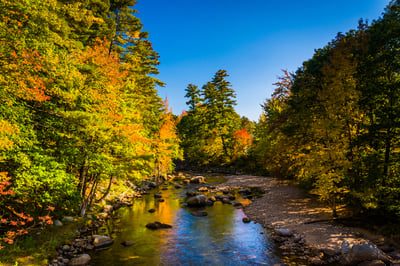 In the intricate tapestry of life along our free-flowing rivers, we witness a remarkable interconnectedness between species and their habitats. From the majestic bald eagle to the elusive American eel, each creature fulfills a crucial role in sustaining the health and diversity of the river ecosystem. Yet, amidst this natural splendor, the activities of human beings can cast a shadow upon these fragile habitats. That is not to say that humans can’t exist in harmony with intact ecosystems. Even today, organizations like Unique Places to Save are working to preserve, enhance, and restore habitat to ensure future generations can benefit from nature.
In the intricate tapestry of life along our free-flowing rivers, we witness a remarkable interconnectedness between species and their habitats. From the majestic bald eagle to the elusive American eel, each creature fulfills a crucial role in sustaining the health and diversity of the river ecosystem. Yet, amidst this natural splendor, the activities of human beings can cast a shadow upon these fragile habitats. That is not to say that humans can’t exist in harmony with intact ecosystems. Even today, organizations like Unique Places to Save are working to preserve, enhance, and restore habitat to ensure future generations can benefit from nature.
Every inhabitant of these waterways serves as a vital signal for the overall health of our rivers and wetlands. By safeguarding and restoring the free-flowing nature of these rivers, we ensure the vibrancy and resilience of these vital ecosystems, providing a sanctuary for countless species. This is precisely why our focus lies on the removal of dams. Free-flowing rivers are not only essential for the well-being of wildlife but also for the entire community that relies on them.
We are a trusted partner for dam removal partners searching for a reliable and efficient non-profit
Learn More

